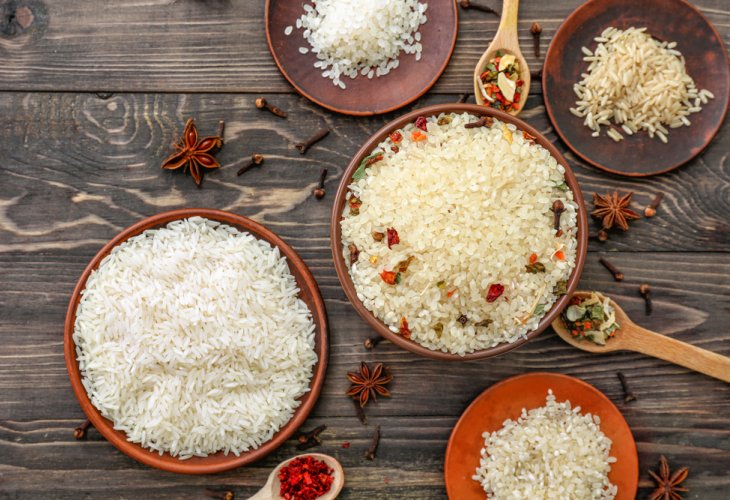The Rice Dilemma: Choosing the Best for Your Shabbat Table
Ever stood in the supermarket aisle unsure about which rice to get? Dr. Maya Roseman busts myths and shares which is the healthiest choice.
 (Photo: shutterstock)
(Photo: shutterstock)How many times have you found yourself staring at the supermarket shelves, pondering which rice to choose for your Shabbat meal? One day it's jasmine rice, the next it's basmati, and another time you go for Persian or round rice. Often, price determines choice – but absent a special offer, the decision isn't so simple.
The question arises: are there nutritional differences between these types? Before we answer that, it's important to note that rice has the same calorie content as foods like wheat, bulgur, couscous, corn, buckwheat, quinoa, and other grains and carbohydrates.
Dr. Maya Roseman explains in Maariv that half a cup of cooked rice (about 2-3 tablespoons) contains around 100 calories. "That's equivalent in calories and carbohydrates to half a cup of pasta, potatoes, bulgur, or pasta. It's similar to two slices of light bread," she explains. "In other words, just one tablespoon of cooked rice has calories comparable to a slice of light bread, meaning if you plate 10 tablespoons of rice, it's like eating 10 slices of light bread."
And what about brown rice? "It contains a nice amount of vitamins such as B, as well as folic acid and minerals like phosphorus, potassium, magnesium, zinc, and selenium. Essentially, the nutritional value of rice is in its husk, so white rice isn't as beneficial for health, and from a nutritional standpoint, you can do without it."
Regarding rice noodles, she writes they are made from white rice, so nutritionally and calorically, they are very similar to wheat flour noodles. "The important advantage of rice noodles is they are suitable for celiac patients," she explained, adding that rice cakes, made from brown rice, have higher nutritional value. "They are low in fat. However, 100 grams of rice cakes contain more calories than 100 grams of bread. The reason a single rice cake is low in calories is simply because it doesn’t weigh much, so two rice cakes are likely less satisfying than two slices of light bread."
Dr. Roseman was later asked about the safety of eating brown rice due to concerns about arsenic. "That's a myth," she answered. "While it's true there is arsenic in soil in various parts of the world, and it can be absorbed by crops, it is found primarily in the rice husk and less in peeled white rice. However, it's impossible to determine if a particular batch of rice contains arsenic or where it was grown."
She also noted that arsenic is present in agricultural crops, not just rice, because it's in the soil. "In conclusion, the nutritional value of brown rice is far superior - most dietary fiber, B vitamins, iron, zinc, and other minerals are in the rice husk. Once the rice is stripped of its husk, as with white rice, you lose its nutritional value."

